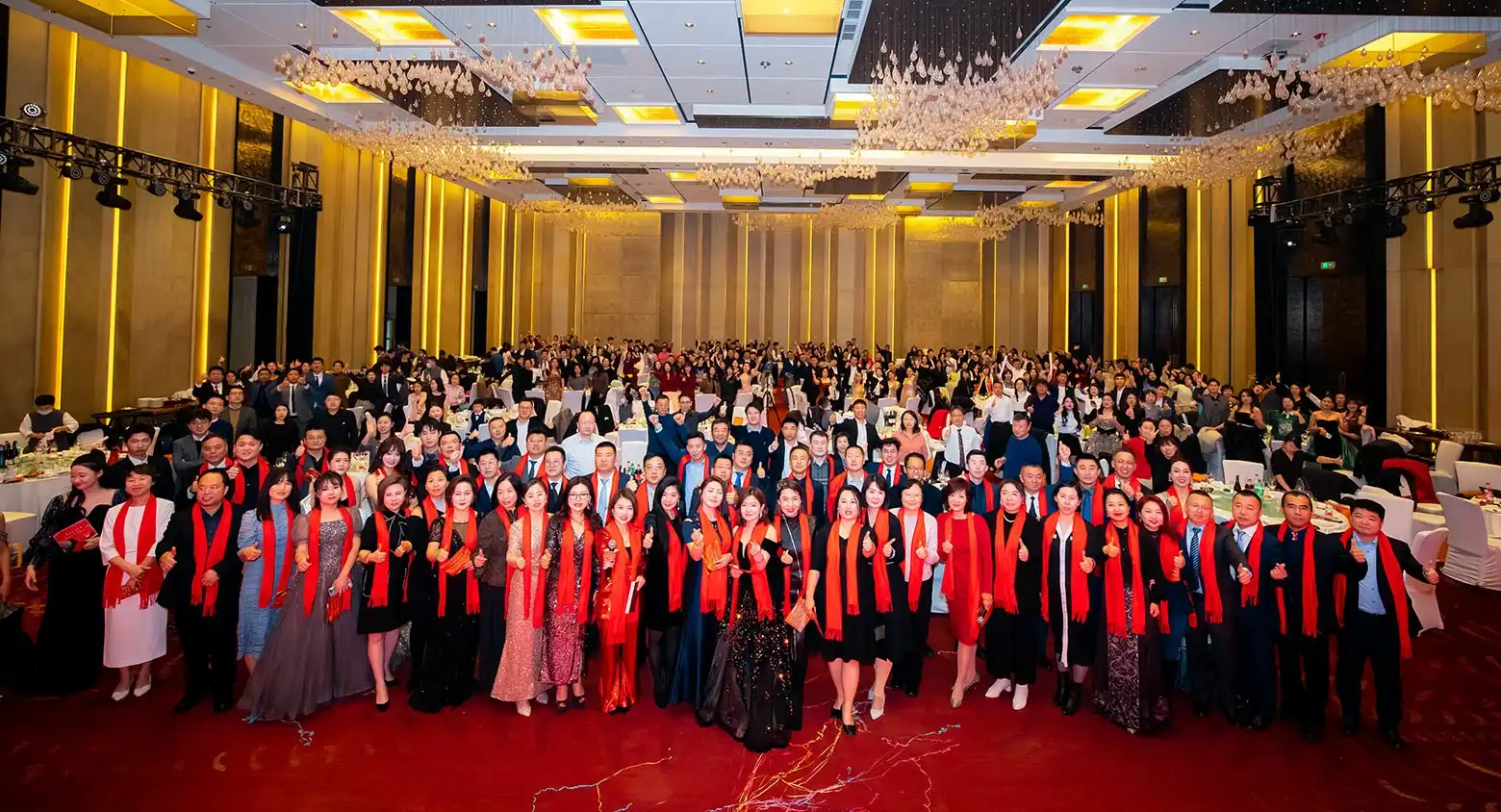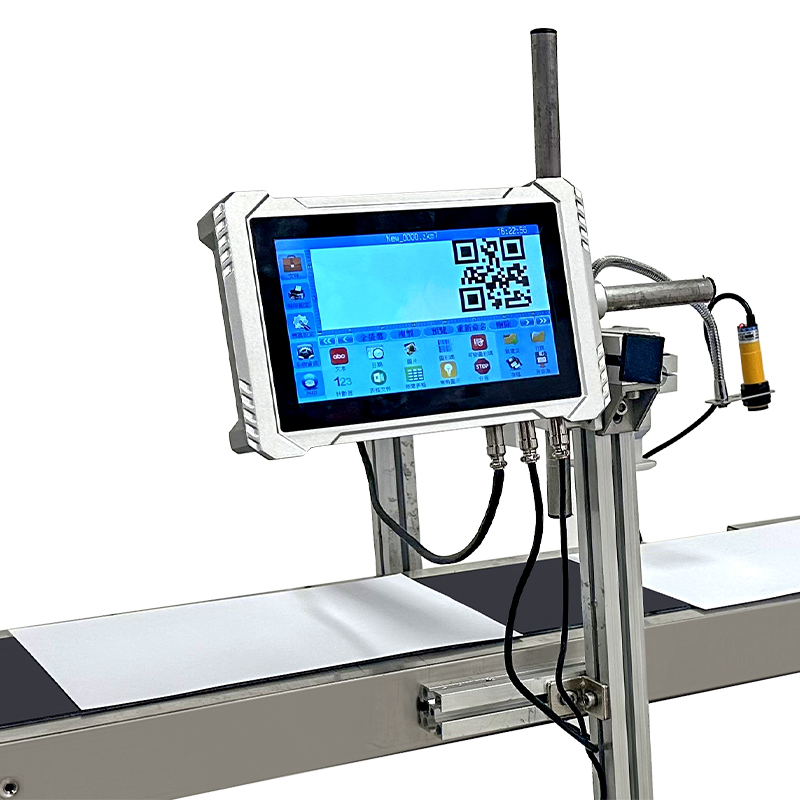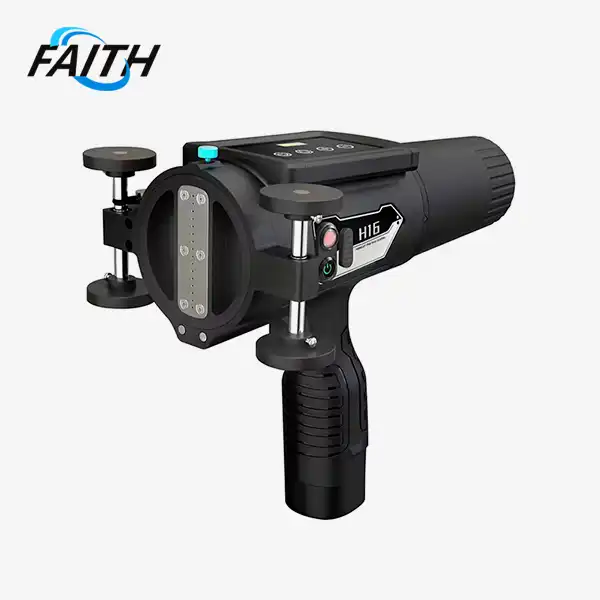Boosting Precision and Speed in Electronics Manufacturing with PIJ Inkjet Technology
In the rapidly evolving world of electronics manufacturing, precision and speed are paramount. Piezoelectric Inkjet (PIJ) technology has emerged as a game-changer, revolutionizing the way electronic components are marked and labeled. The 17mm-72mm PIJ inkjet machinery, in particular, has become an indispensable tool in this industry, offering unparalleled accuracy and efficiency. By leveraging high-frequency piezoelectric actuators, these advanced systems can deposit microscopic droplets of ink with pinpoint accuracy, enabling manufacturers to create intricate patterns and clear, durable markings on a wide range of electronic components. This technology not only enhances product traceability but also significantly reduces production time and material waste, ultimately boosting overall manufacturing productivity.
The Evolution of PIJ Technology in Electronics Manufacturing
PIJ technology has come a long way since its inception, particularly in its application to electronics manufacturing. The 17mm-72mm PIJ inkjet machinery represents the cutting edge of this evolution, offering a versatile solution for a wide range of component sizes and shapes. This technology has revolutionized the way manufacturers approach product identification, quality control, and traceability.
From Conventional Marking to High-Precision Inkjet Systems
Traditional methods of marking electronic components, such as laser etching or pad printing, often fell short in terms of speed, flexibility, or cost-effectiveness. The advent of PIJ technology, especially the 17mm-72mm PIJ inkjet machinery, has addressed these limitations. These systems can print on various materials, including plastics, metals, and ceramics, with exceptional clarity and durability.
Advancements in Ink Formulations
Alongside hardware improvements, significant progress has been made in ink formulations. Modern PIJ systems use specialized inks that adhere well to electronic components and resist harsh environmental conditions. This ensures that critical information remains legible throughout the product's lifecycle, enhancing traceability and quality control.
Integration with Industry 4.0 Principles
The latest 17mm-72mm PIJ inkjet machinery seamlessly integrates with Industry 4.0 principles. These systems can be networked and synchronized with other manufacturing processes, allowing for real-time data collection and analysis. This integration enhances overall production efficiency and enables predictive maintenance, reducing downtime and improving output quality.
Key Benefits of 17mm-72mm PIJ Inkjet Machinery in Electronics Manufacturing
The adoption of 17mm-72mm PIJ inkjet machinery in electronics manufacturing brings a multitude of benefits that significantly enhance production processes and product quality. These advantages have made PIJ technology an essential component in modern electronics manufacturing facilities.
Unparalleled Precision and Quality
One of the most significant advantages of faith printer is its ability to produce high-resolution markings with exceptional precision. The piezoelectric technology allows for the deposition of ink droplets as small as a few picoliters, enabling the creation of intricate patterns and clear, legible text on even the smallest electronic components. This level of precision ensures that product information, serial numbers, and barcodes remain crisp and scannable, enhancing traceability and reducing errors in inventory management.
Versatility in Substrate Compatibility
The 17mm-72mm PIJ inkjet machinery demonstrates remarkable versatility in terms of substrate compatibility. It can print effectively on a wide range of materials commonly used in electronics manufacturing, including various plastics, metals, ceramics, and even glass. This versatility eliminates the need for multiple marking systems, streamlining the production process and reducing equipment costs.
Increased Production Speed and Efficiency
Speed is a crucial factor in electronics manufacturing, and PIJ technology delivers impressively in this aspect. The 17mm-72mm PIJ inkjet machinery can mark components at high speeds without compromising on quality. This rapid marking capability significantly reduces production bottlenecks, allowing manufacturers to meet tight deadlines and increase overall output. Moreover, the non-contact nature of inkjet printing minimizes the risk of damage to delicate electronic components during the marking process.
Cost-Effectiveness and Reduced Waste
Implementing 17mm-72mm PIJ inkjet machinery can lead to substantial cost savings in electronics manufacturing. The precise control over ink deposition results in minimal waste, optimizing ink usage and reducing consumable costs. Additionally, the durability of PIJ markings reduces the need for reprinting or re-marking, further contributing to cost efficiency. The system's reliability and low maintenance requirements also translate to reduced downtime and operational costs.
Enhanced Customization and Flexibility
In an era where product customization is increasingly important, the 17mm-72mm PIJ inkjet machinery offers unparalleled flexibility. Digital printing technology allows for easy changes in marking content without the need for new hardware or tooling. This flexibility is particularly valuable in electronics manufacturing, where product variations and custom orders are common. Manufacturers can quickly adapt to changing requirements, enabling just-in-time production and reducing inventory costs.
Implementing PIJ Technology: Best Practices and Considerations
While the benefits of 17mm-72mm PIJ inkjet machinery in electronics manufacturing are clear, successful implementation requires careful planning and adherence to best practices. Manufacturers looking to integrate this technology into their production lines should consider several key factors to maximize its potential.
Assessing Production Requirements
Before implementing PIJ technology, it's crucial to thoroughly assess your production requirements. Consider factors such as the types of components you manufacture, the materials involved, production volumes, and specific marking requirements. This assessment will help in selecting the most appropriate 17mm-72mm PIJ inkjet machinery configuration and ensure that the system aligns with your manufacturing goals.
Optimizing Ink and Substrate Compatibility
The choice of ink plays a vital role in the performance of PIJ systems. Work closely with ink suppliers to select formulations that are compatible with your substrate materials and meet durability requirements. Conduct thorough testing to ensure that the ink adheres properly and resists environmental factors such as temperature fluctuations, humidity, and chemical exposure. This optimization process is crucial for achieving consistent, high-quality markings that withstand the rigors of the electronics lifecycle.
Training and Skill Development
Successful implementation of 17mm-72mm PIJ inkjet machinery requires a skilled workforce. Invest in comprehensive training programs for operators and maintenance personnel. Ensure that they understand the principles of PIJ technology, proper machine operation, and troubleshooting procedures. Well-trained staff can maximize the efficiency of the system, reduce errors, and minimize downtime due to technical issues.
Integration with Existing Systems
To fully leverage the capabilities of 17mm-72mm PIJ inkjet machinery, it's essential to integrate it seamlessly with existing manufacturing systems. This integration may involve connecting the PIJ system to product databases, enterprise resource planning (ERP) software, or quality control systems. Proper integration ensures that marking data is accurate and up-to-date, enhancing traceability and reducing the risk of errors in product identification.
Regular Maintenance and Quality Control
Implementing a robust maintenance schedule is crucial for ensuring the longevity and consistent performance of your PIJ system. Regular cleaning, nozzle checks, and calibration help maintain print quality and prevent unexpected downtime. Additionally, establish comprehensive quality control procedures to monitor marking quality regularly. This proactive approach helps identify and address potential issues before they impact production.
Future-Proofing Your Investment
When selecting a 17mm-72mm PIJ inkjet machinery system, consider its scalability and potential for future upgrades. The electronics manufacturing industry is constantly evolving, and your marking needs may change over time. Choose a system that offers flexibility in terms of software updates, hardware upgrades, and expansion capabilities. This foresight ensures that your investment remains valuable and relevant as your production requirements grow or change.
Environmental Considerations
As sustainability becomes increasingly important in manufacturing, consider the environmental impact of your PIJ system. Look for eco-friendly ink options and efficient systems that minimize waste. Some advanced 17mm-72mm PIJ inkjet machinery incorporates features like ink recirculation systems, which reduce ink consumption and waste. By prioritizing environmentally conscious choices, you can align your manufacturing processes with sustainability goals and potentially reduce operational costs.
FAQ
1. What industries benefit from PIJ inkjet technology?
PIJ technology is widely used in packaging, advertising, textiles, electronics, and art & design. It ensures high-quality printing for food, beverage, and cosmetics labels, as well as complex designs in promotional materials and electronic products.
2. What materials can PIJ technology print on?
It supports printing on paper, plastic, metal, glass, fabric, and wood, making it versatile for different industries.
3. What are the key advantages of your PIJ products?
Our technology includes anti-precipitation ink, one-click clearing, automatic leakage control, precise ink extrusion, intelligent ink management, and fault detection to enhance performance and longevity.
4. What support and services do you provide?
We offer a 2-year warranty, 30-day delivery, 24/7 after-sales service, and OEM/ODM support.
Conclusion
In conclusion, the implementation of 17mm-72mm PIJ inkjet machinery in electronics manufacturing represents a significant leap forward in precision, speed, and efficiency. By carefully considering production requirements, optimizing materials, investing in training, and focusing on integration and maintenance, manufacturers can fully harness the power of this technology.
As the electronics industry continues to evolve, PIJ technology stands as a crucial tool in meeting the demands for high-quality, customizable, and traceable product marking. For more information on how PIJ technology can transform your electronics manufacturing processes, please contact us at sale01@sy-faith.com. Our team of experts is ready to help you navigate the implementation of this cutting-edge technology and optimize your production capabilities.

References
1. Zhang, L., & Chen, Y. (2022). Advances in Piezoelectric Inkjet Technology for Electronics Manufacturing. Journal of Advanced Manufacturing Technologies, 15(3), 245-260.
2. Johnson, R. M. (2021). Precision Marking in Electronics: A Comprehensive Review of PIJ Systems. International Journal of Industrial Engineering, 28(2), 178-195.
3. Kim, S., & Park, J. (2023). Integration of 17mm-72mm PIJ Machinery in Smart Factories: Case Studies and Best Practices. Smart Manufacturing Systems, 9(4), 412-428.
4. Martinez, A., et al. (2022). Eco-friendly Inks for PIJ Applications in Electronics: Current Status and Future Prospects. Green Manufacturing and Materials, 7(1), 89-104.
5. Thompson, D. R. (2023). Industry 4.0 and PIJ Technology: Synergies in Electronics Manufacturing. Digital Transformation in Manufacturing, 12(2), 156-173.
Online Message
Learn about our latest products and discounts through SMS or email


_1732610960732.webp)
